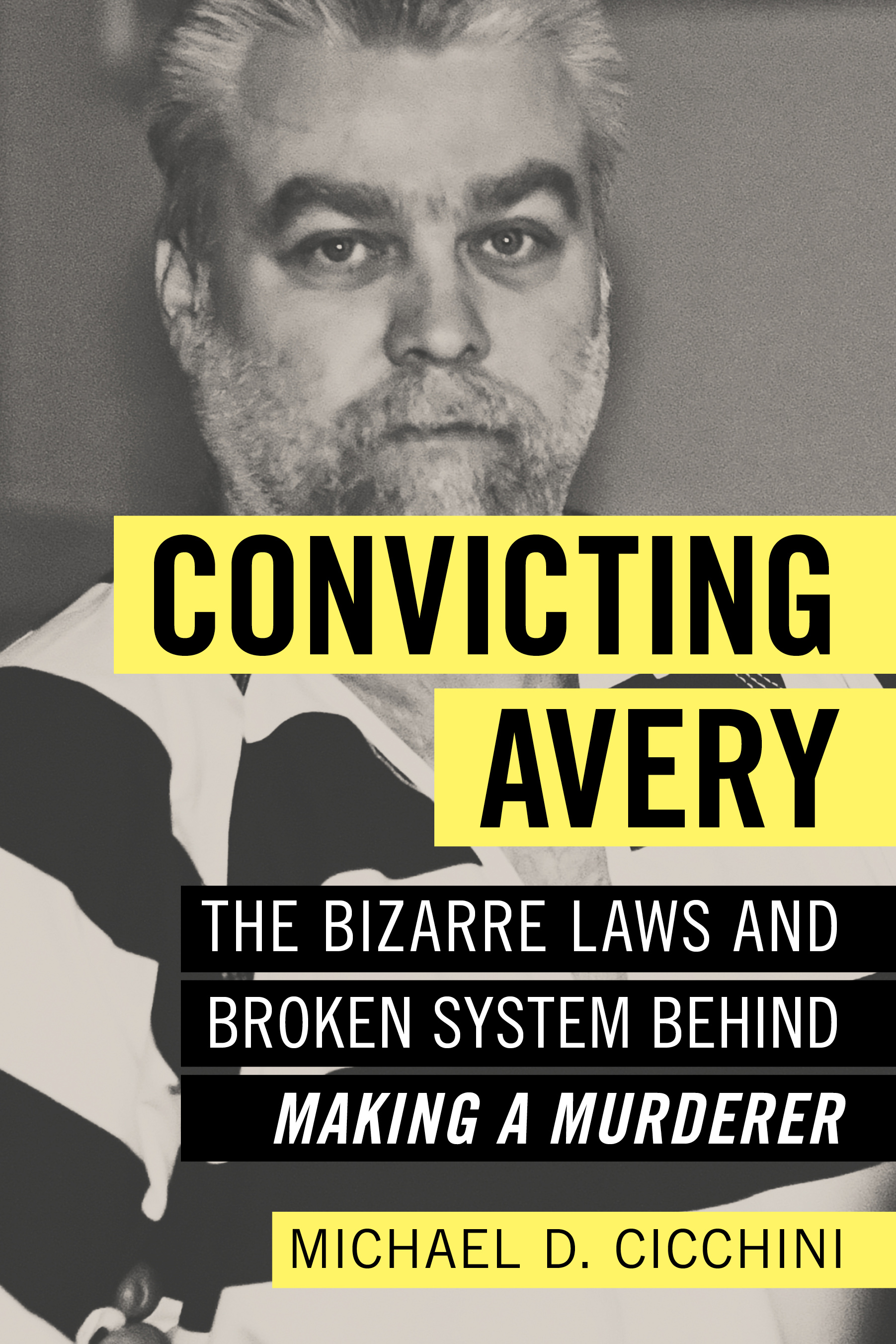Silver lining in clouds
By: ED POLL//July 13, 2009//
Recently a reporter interviewed me concerning the environment that new law school graduates will face. It was the closest I’ll come to giving a commencement address, and quite frankly I believe the near-term outlook is not bright.
There are major structural changes within the profession that the recession has intensified. As an entire generation of lawyers moves toward retirement age, the current crisis may make it financially impossible to do so — creating the potential for generational conflicts involving both older and younger lawyers within firms, and for big changes once the recession is past.
Karen Mathis, when chair of the American Bar Association several years ago, focused her leadership year on developing a new awareness for the legal profession regarding the implications of the aging population. She often emphasized that 400,000 lawyers will likely retire in the next 10 years. That’s equivalent to the entire current membership of the ABA. Until recently, the prospect of this massive demographic shift made partner succession seem to be the biggest challenge that law firms faced.
Today the demographic problem assumes a new dimension. The global financial crisis has created fear and confusion for countless lawyers who, like many others, suddenly have seen nest eggs shrink dramatically and fear they may outlive them if they don’t continue working. The only way many lawyers see that they will be able to retire is to significantly reduce their retirement dreams, expectations and standards of living that they anticipated just a few years ago.
With aging lawyers working longer, and firms continuing to hire (although at a greatly reduced rate) new, lower paid lawyers out of law schools in order to increase their leverage, something has to give. In many firms, there is a direct relationship between de-equitization and leverage: letting go of older partners who may have higher rates but bring in less business while hiring and using young associates as a cost-effective way to do billable work that boosts profitability, with the hope that some of them will become rainmakers.
For many associates, this leads to the “culling process.” They work for five, six or seven years; if they don’t make partner by then, they’re asked to leave to make way for the next group of law school graduates. The issue that firms seem to have with associates who “clog up the middle” is that, while these are good lawyers who produce good billables, they are not great rainmakers. And that same criticism often drives the de-equitization process.
For young lawyers themselves, firm hiring out of law schools has become “decremental” — an ongoing decrease rather than the previous incremental increases. Past recessions have often led to a rise in law school enrollment as people seek to enter the more “stable” legal profession, but because that image of stability has been shattered, and because law school is far more expensive than ever, the big surge in enrollments may not materialize. Likewise, the highly publicized troubles of large corporate firms make the prospect of having their own firm seem more attractive to many young lawyers.
Ultimately this trend may make the legal profession a truly entrepreneurial one — and that could be the silver lining in all these clouds.
Legal News
- Wisconsin attorney loses law license, ordered to pay $16K fine
- Former Wisconsin police officer charged with 5 bestiality felony counts
- Judge reject’s Trump’s bid for a new trial in $83.3 million E. Jean Carroll defamation case
- Dozens of deaths reveal risks of injecting sedatives into people restrained by police
- The Latest: Supreme Court arguments conclude in Trump immunity case
- Net neutrality restored as FCC votes to regulate internet providers
- Wisconsin Attorney General asks Congress to expand reproductive health services
- Attorney General Kaul releases update at three-year anniversary of clergy and faith leader abuse initiative
- State Bar leaders remain deeply divided over special purpose trust
- Former Wisconsin college chancellor fired over porn career is fighting to keep his faculty post
- Pecker says he pledged to be Trump campaign’s ‘eyes and ears’ during 2016 race
- A conservative quest to limit diversity programs gains momentum in states
WLJ People
- Power 30 Personal Injury Attorneys – Russell Nicolet
- Power 30 Personal Injury Attorneys – Benjamin Nicolet
- Power 30 Personal Injury Attorneys – Dustin T. Woehl
- Power 30 Personal Injury Attorneys – Katherine Metzger
- Power 30 Personal Injury Attorneys – Joseph Ryan
- Power 30 Personal Injury Attorneys – James M. Ryan
- Power 30 Personal Injury Attorneys – Dana Wachs
- Power 30 Personal Injury Attorneys – Mark L. Thomsen
- Power 30 Personal Injury Attorneys – Matthew Lein
- Power 30 Personal Injury Attorneys – Jeffrey A. Pitman
- Power 30 Personal Injury Attorneys – William Pemberton
- Power 30 Personal Injury Attorneys – Howard S. Sicula









